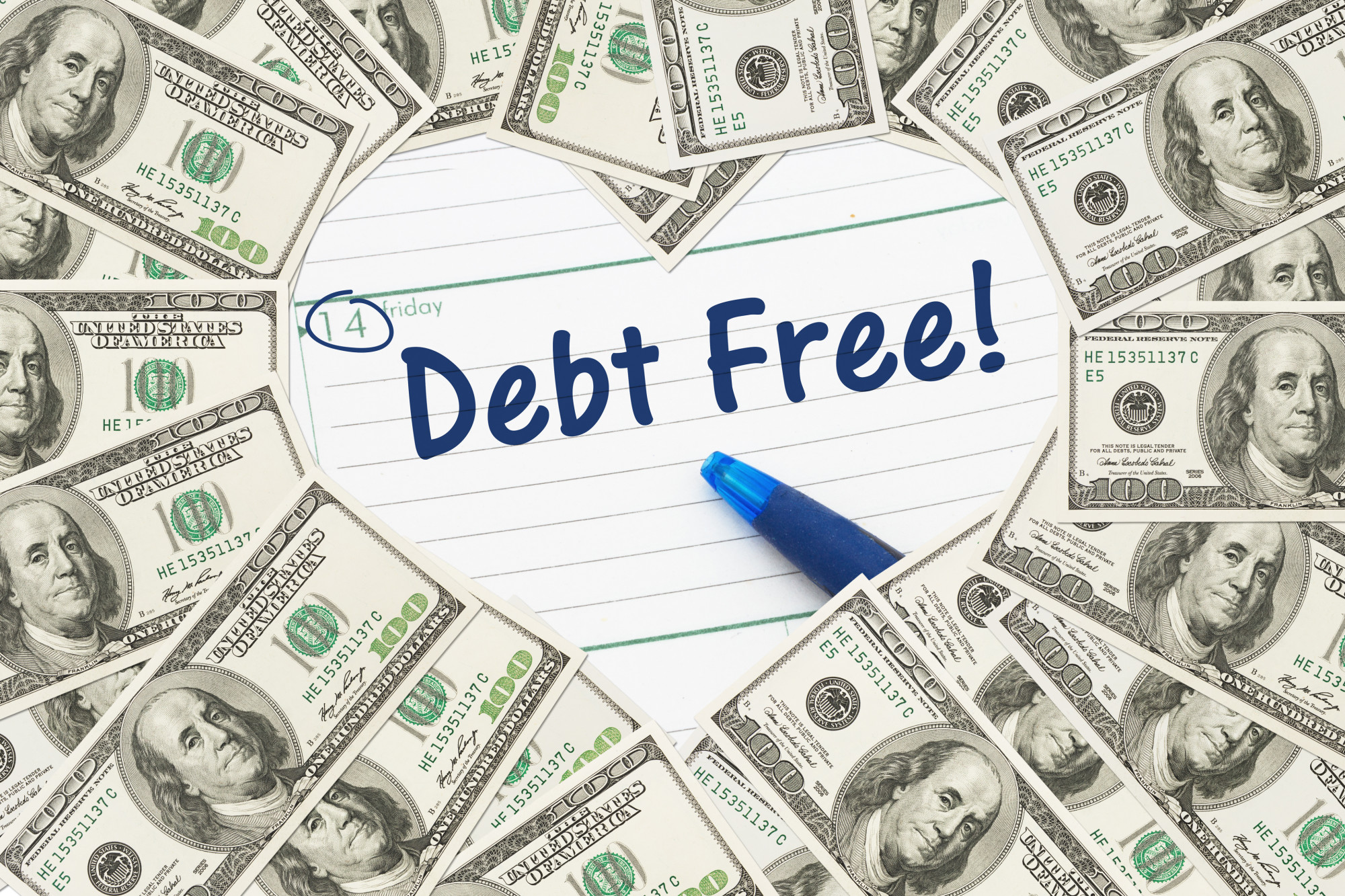In modern society where the use of credit cards and opting for varieties of loans have been a staple, the approach of leading a debt-free life can appear to be an extremely challenging although appealing step. From the viewpoint of Scott Tominaga – living a debt-free life is not only about an individual’s financial health; but offers a great peace of mind and a sense of achieving freedom and accomplishment. Here’s a guide on how to embrace a debt-free life and its benefits.
The Benefits of Leading a Debt-Free Life
- Reduced Stress: One of the most appealing benefits of leading a debt-free life is that it reduces the scary financial stress of being in debt-trap. Without worrying about paying monthly dues for credit cards, or payday loans with high interest, individuals can focus on more productive areas like their career growth, professional life, and enjoying a happy family life.
- Enhanced Savings: being debt-free seems like a boon enabling people to redirect their funds that could otherwise move toward paying off interest into savings and different investment options. Thus, the process of wealth building can get a robust foundation of financial health.
- Freedom to Accomplish Goals: People who are not trapped by debt, and have financial stability upon retirement – can enjoy the freedom to fulfill their dreams like initiating a venture, enjoying a foreign trip, building a dream home, etc.
Steps to Achieve a Debt-Free Life
Leading a debt-free lifestyle necessitates a strategic approach, consistent discipline, and a strong commitment as per Scott Tominaga. Here’s a guide to achieving the same:
- Evaluate Current Financial Situation: The process needs to be started by evaluating of debts of individuals. They should formulate a complete list of their liabilities, such as debts against credit cards, car loans, and academic loans alongside their rate of interest and minimum payment options. This assessment enables people to have a complete picture of their debt scenario.
- Create a Budget: Setting a realistic budget is essential for individuals to manage their finances efficiently. List down income and all expenses to figure out areas where cutting back expenses is possible. This might include areas such as cancellation of unwanted subscriptions, minimizing expenses on dining out or entertainment, etc.
- Prioritize Debt Repayment:Opt for debt repayment strategies that fit well with the intent to stay debt-free. There are two popular approaches to debt repayment including debt snowball and debt avalanche. Ideally one should go for the debt avalanche method that requires individuals to pay off debts that attract higher interest rates first. For instance debt against credit cards. Instead of paying the only minimum payment, pay more than just the minimum and settle the dues as soon as possible.
- Build an Emergency Fund: set aside 3 to 6 months of total family expenses to grow an emergency fund. Having this safety cushion is essential to avoid seeking debts and facing unforeseen expenses, like medical bills, home repairs job loss, etc.
- Consider Supplementary Streams of Income: There are a variety of ways to earn extra dollars for instance part-time jobs, freelancing work, and selling of insurance policies. This excess income can help immensely as a debt repayment strategy.
To conclude, celebrate small achievements with your family members to stay motivated. Repaying each debt helps individuals to reach closer to their goals. Use digital tools using charts or apps to track progress visually from time to time- thereby reaching a more secure and gratifying future.
